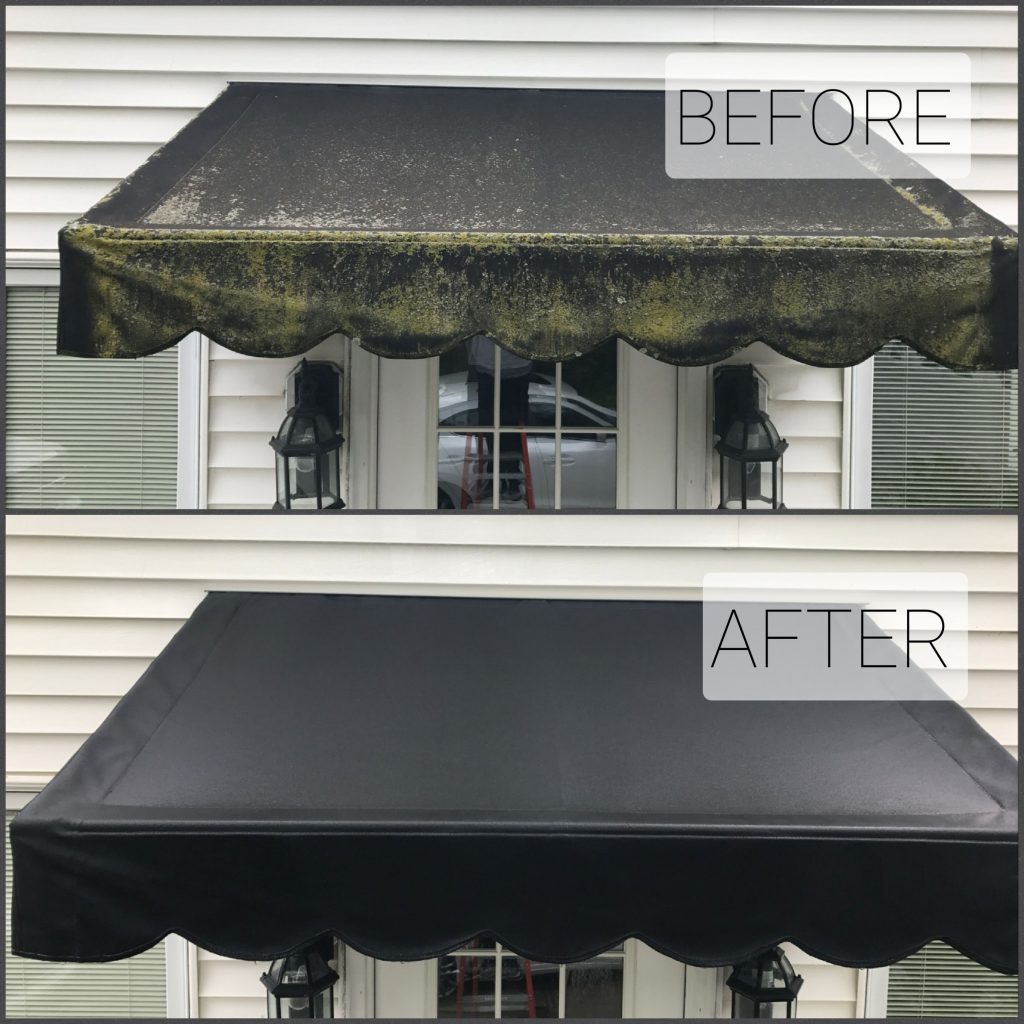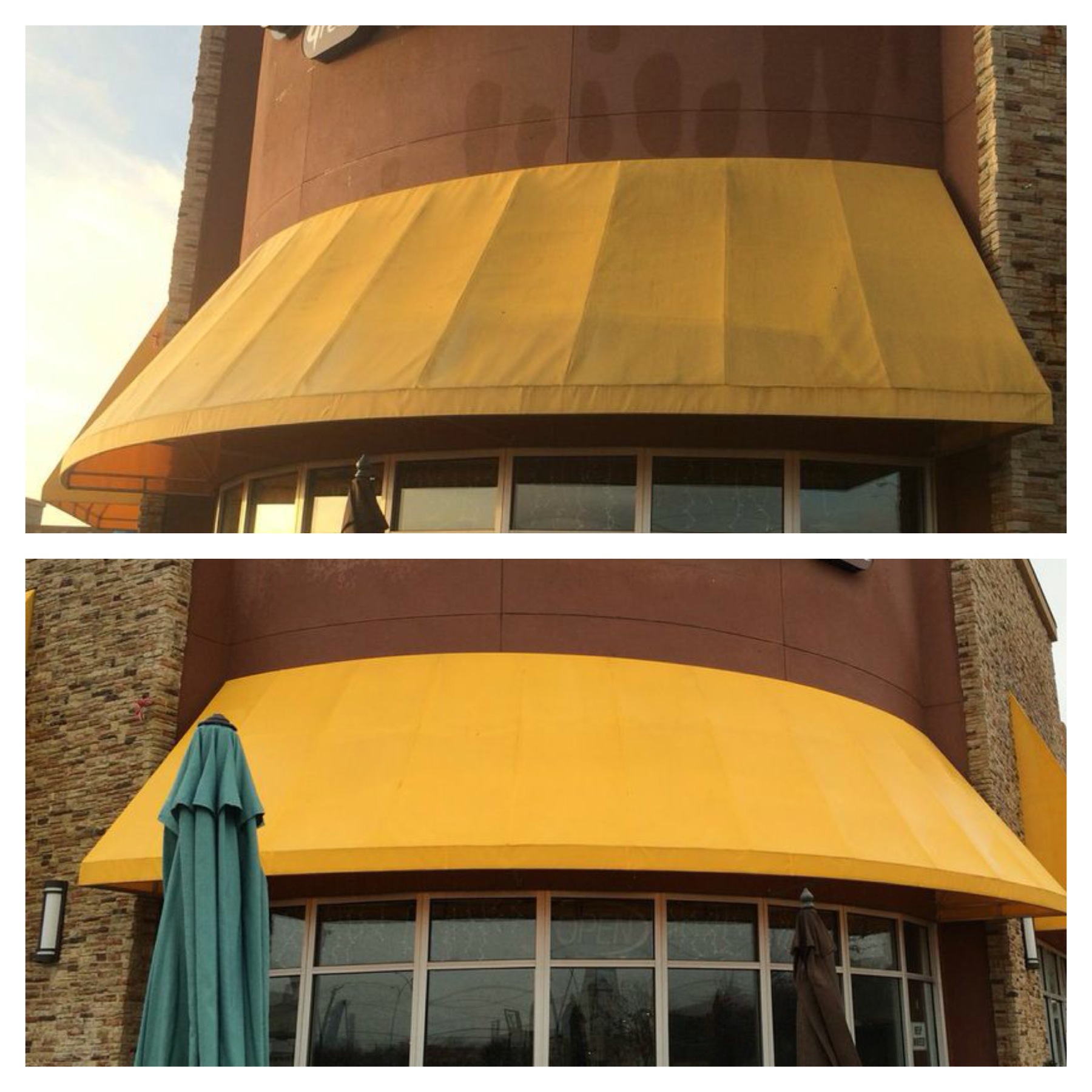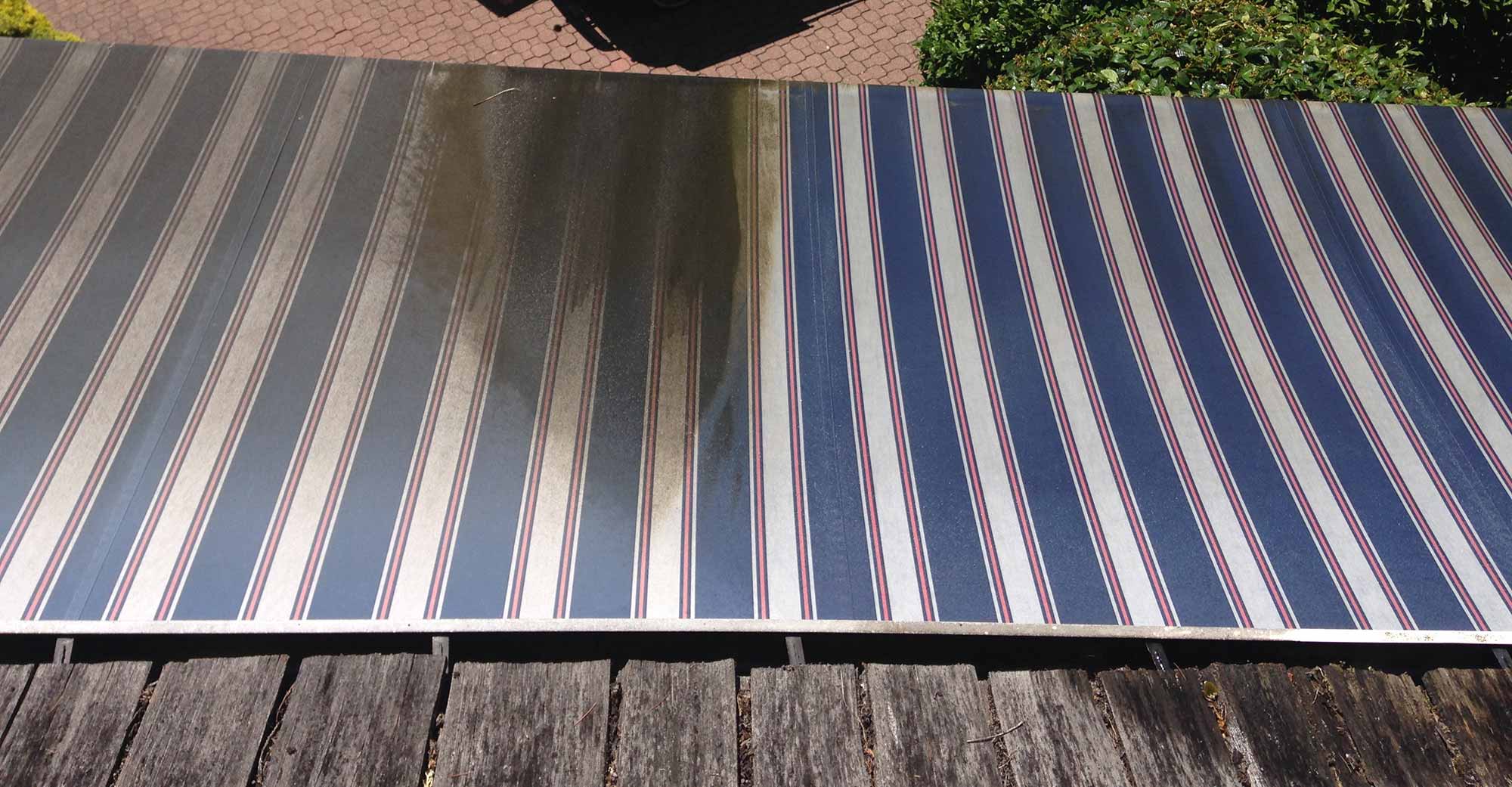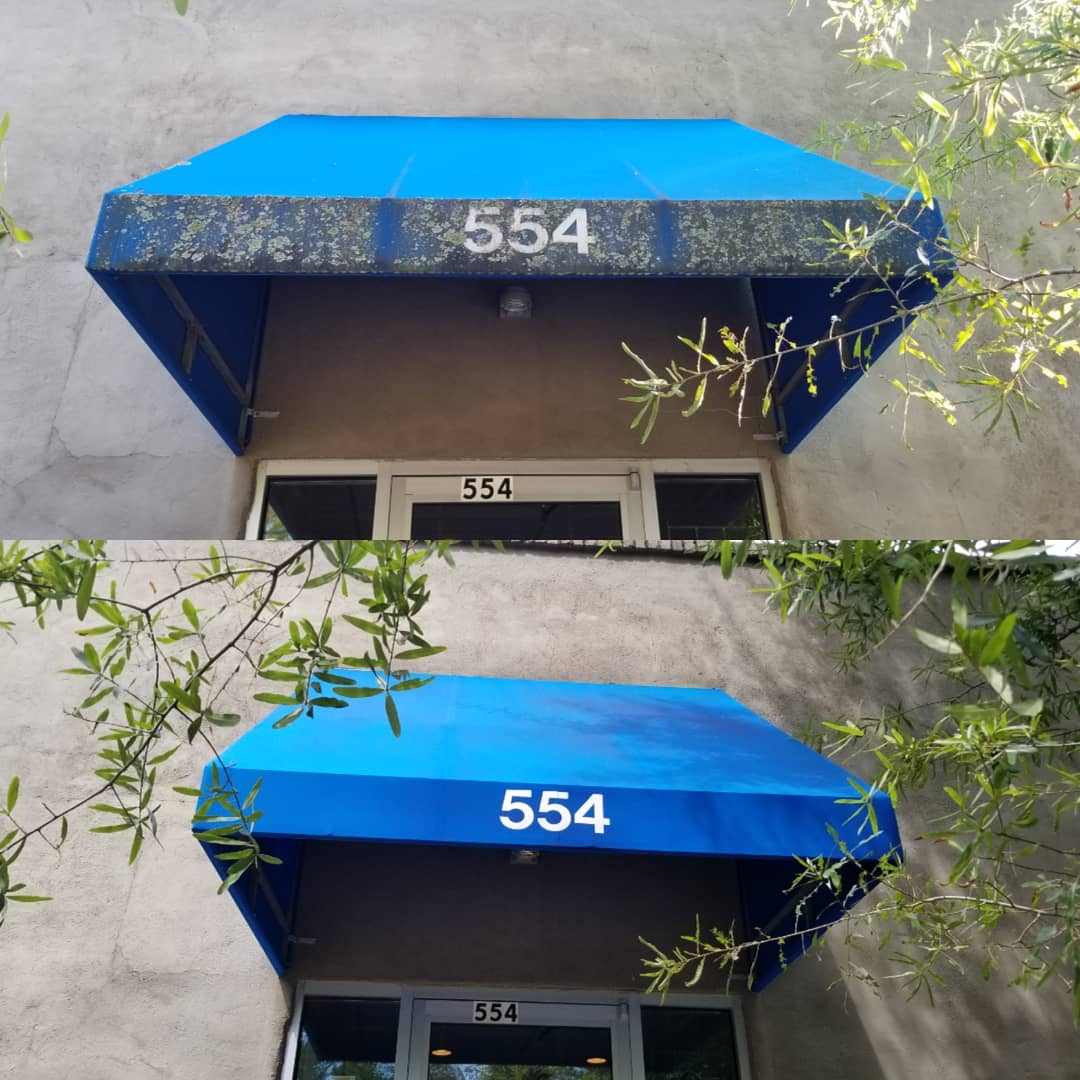Introduction: Enhancing Your Outdoor Experience
Your outdoor space is an extension of your home, offering a sanctuary where you can relax, entertain, and enjoy the beauty of nature. Awnings play a crucial role in creating a comfortable and inviting outdoor environment, providing shade and protection from the elements. However, over time, awnings can become dirty, damaged, or worn out, detracting from the overall appeal of your outdoor space. In this comprehensive guide, we’ll explore 16 expert tips for cleaning and maintaining your awning, helping you revitalize your outdoor space and prolong the life of your investment.
1. Assessing the Condition: Identify Areas of Concern
Before diving into the cleaning and maintenance process, take some time to thoroughly inspect your awning. Look for signs of dirt, stains, mold, mildew, tears, or other damage that may require attention. Pay close attention to the fabric, frame, hardware, and any moving parts to ensure everything is in good working order.

2. Gather Your Supplies: Equip Yourself for Success
To effectively clean and maintain your awning, you’ll need the right tools and supplies on hand. Gather items such as a soft-bristled brush, mild detergent, water hose or pressure washer, bucket, scrubbing pad, non-abrasive cleaner, protective gloves, ladder (if needed), and any specialized products recommended for your specific type of awning material.
3. Cleaning Fabric Awnings: Gentle Yet Thorough
For fabric awnings, start by gently brushing off any loose debris such as dirt, leaves, or cobwebs using a soft-bristled brush. Then, mix a solution of mild detergent and water in a bucket and use a scrubbing pad or soft brush to apply the solution to the surface of the awning. Work in small sections, scrubbing gently to lift dirt and stains without damaging the fabric. Rinse thoroughly with clean water to remove soap residue, and allow the awning to air dry completely before retracting it.
4. Removing Stubborn Stains: Targeted Treatment
For stubborn stains on fabric awnings, you may need to use a specialized cleaner or stain remover designed specifically for outdoor fabrics. Follow the manufacturer’s instructions carefully, applying the product to the affected areas and allowing it to penetrate for the recommended amount of time before rinsing thoroughly. Avoid using harsh chemicals or abrasive cleaners, as these can damage the fabric and compromise its integrity.

5. Preventing Mold and Mildew: Proactive Protection
To prevent mold and mildew growth on fabric awnings, it’s essential to keep them clean and dry, especially in humid or damp environments. Regularly remove any accumulated debris and ensure proper drainage to prevent water from pooling on the surface. Consider applying a fabric protectant or waterproofing treatment to help repel moisture and inhibit the growth of mold and mildew.
6. Maintaining Metal Frames: Rust Prevention and Care
For awnings with metal frames, such as aluminum or steel, regular maintenance is key to preventing rust and corrosion. Inspect the frame for any signs of rust or damage, paying particular attention to joints, hinges, and hardware. Use a mild detergent and water solution to clean the surface of the frame, removing any dirt or grime that may contribute to corrosion. Apply a coat of rust-resistant paint or sealant as needed to protect the metal from the elements.
7. Lubricating Moving Parts: Smooth Operation
If your awning has moving parts such as retractable arms or hinges, it’s essential to keep them well-lubricated to ensure smooth operation and prevent premature wear and tear. Apply a small amount of silicone-based lubricant to the moving parts according to the manufacturer’s recommendations, taking care not to over-apply or allow excess lubricant to drip onto the fabric.
8. Inspecting Hardware and Fasteners: Tighten and Secure
Periodically inspect the hardware and fasteners on your awning to ensure they are tight and secure. Loose or damaged hardware can compromise the stability and safety of your awning, so tighten any screws, bolts, or brackets as needed. Replace any missing or damaged fasteners promptly to maintain the structural integrity of the awning.
9. Cleaning Vinyl Awnings: Careful Consideration
Vinyl awnings require slightly different care than fabric or metal awnings due to their unique material properties. Use a mild detergent and water solution to clean the surface of the vinyl, avoiding harsh chemicals or abrasive cleaners that can cause discoloration or damage. Rinse thoroughly with clean water and allow the awning to air dry completely before retracting it.
10. Protecting Against Sun Damage: UV Resistance
Exposure to sunlight can cause fading, discoloration, and deterioration of awning materials over time. To protect against sun damage, consider applying a UV-resistant treatment or fabric protectant to your awning. These products help block harmful UV rays and prolong the life of your awning, ensuring it remains vibrant and attractive for years to come.
11. Clearing Drainage Channels: Ensure Proper Water Flow
One often overlooked aspect of awning maintenance is ensuring that drainage channels remain clear of debris. Blocked channels can lead to water pooling on the awning, increasing the risk of mold, mildew, and structural damage. Regularly inspect the drainage channels and remove any leaves, dirt, or other obstructions that may impede water flow. A clear path for water to drain away from the awning is essential for its longevity and performance.

12. Professional Inspection and Repairs: Expert Assistance
While many aspects of awning maintenance can be handled by homeowners, some tasks may require professional expertise. If you notice significant damage, structural issues, or complex repairs beyond your capabilities, consider hiring a qualified awning technician to assess the situation and provide guidance. Investing in professional inspection and repairs when needed can help prevent costly damage and ensure the safety and functionality of your awning.
13. Seasonal Care: Adapt to Changing Conditions
Different seasons bring unique challenges for awning maintenance. In the spring, pollen, dust, and tree sap may accumulate on the surface of the awning, requiring more frequent cleaning. Summer heat and humidity can accelerate mold and mildew growth, necessitating proactive prevention measures. In the fall, falling leaves and debris may clog drainage channels and pose a risk of staining. Be prepared to adjust your maintenance routine accordingly as the seasons change to protect your awning year-round.
14. Regular Inspections: Stay Vigilant
Consistent vigilance is key to identifying and addressing potential issues with your awning before they escalate into costly repairs. Make it a habit to perform regular inspections of your awning, checking for signs of wear, tear, or damage. Look for loose threads, frayed edges, sagging fabric, or bent hardware that may indicate underlying problems. Prompt attention to small issues can prevent them from becoming more significant concerns down the road.

Conclusion: Enjoy Your Outdoor Oasis
By following these 16 tips for cleaning and maintaining your awning, you can ensure that your outdoor space remains a comfortable and inviting oasis for years to come. Regular upkeep not only enhances the appearance and functionality of your awning but also prolongs its lifespan, allowing you to enjoy the benefits of outdoor living to the fullest. So roll out your freshly cleaned awning, kick back, and relax in the shade of your revitalized outdoor space.
